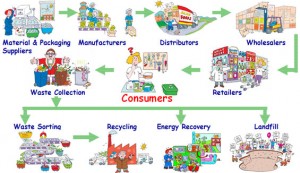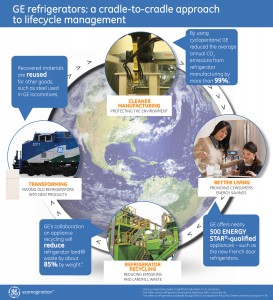Teamwork and collaboration can bring mutual benefits. On one side of the coin we see companies and profit-based organizations that have enormous revenue generating machines and bad public images. On the flip side, we have NGOs that are not-for-profit, need money and offer good reputations. Ideally they sound like two matching puzzle pieces, fulfilling one another’s needs. Companies covet means to conduct genuine, sustainable developmental projects that are both socially and environmentally good for local communities. Yet, they may seemingly lack the knowledge, application and reputation to begin. Who better than NGOs and other similar organizations to come to the rescue?
As companies like Nike have recently demonstrated, establishing sustainable partnerships can do wonders to help raise your profile. But collaborating is no walk in the park, and it’s not just about trying to make yourself look green by association. It can be hard work and disruptive, but even so there are genuine benefits to be had from teaming up with outside experts, or even competitors. Of course, sustainable partnerships may not be for everyone and that is when one has to figure out what is appropriate for your business. Choosing partners well to ensure mutual benefit and shared strategic objectives that will not compete with you in this area. Collaborating is not about contracting out a problem, it’s about building a mutually beneficial partnership. Trust is crucial. When partnering with an NGO or other businesses it’s important to reach a common understanding on how this partnership will improve the environmental performance of your business. Even if you have established a shared goal remember that things can change. So have regular reviews to assess your progress and to ensure that you still share the same goals. To avoid any accusations of greenwash it’s important to make your commitments clear from the start and regularly review your progress. If the organization is going to make a real change, it will take time. So before you get everyone involved make sure you have the time and resources to really commit to this for the long term.
As with all things sustainable, we must remember that customers are not the end goal, simply a point in the production system whereby materials will eventually return back to its cradle. As such, building partnerships is not just temporary but real relationships that grow, evolve and learn over time.
Referenced from:
1) http://www.theguardian.com/sustainable-business/procter-gamble-sustainability-report-partnerships











